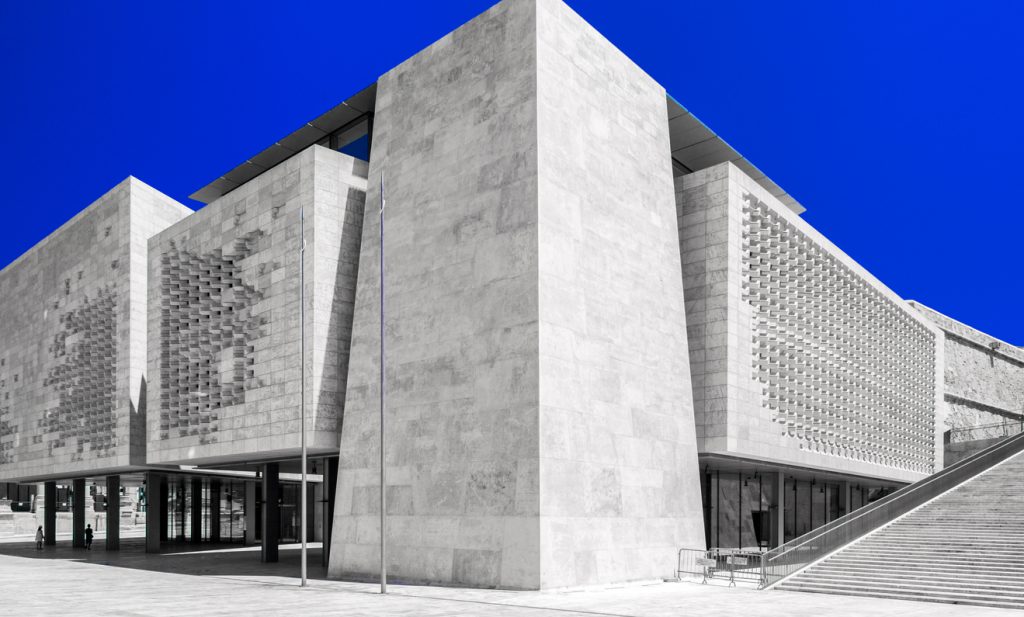Has the gender mechanism backfired?

The number of female candidates directly elected to parliament in a general election has dropped to a 25-year low with just four women winning a seat without having to rely on casual elections or co-option. This number compares to that of the 1996 general election in which two female candidates were elected directly (Helena Dalli and Giovanna Debono) while a further two (Helen D’Amato and Maria Camilleri) made it through the casual election.
The low number of directly elected female candidate in the 2022 general election is a serious setback to the efforts made over the years to boost female participation in Maltese politics. Ironically, this regress is being blamed on a newly-introduced gender parity mechanism which was supposed to start address this imbalance in the first place.
Under this mechanism which is only triggered if just two parties are elected and the number of elected female candidates is below 40% of the seats up for grabs, each side is awarded up to six additional female MPs. These parliamentarians are chosen from the respective list of candidates according to a league table, ranking those who were closest to being elected in the last count.
This mechanism had stirred controversy from the very beginning amid criticism that it would ultimately result in the election of female candidates who had obtained a small fraction of the quota. Consequently, there was the risk of women being given low preference on the ballot sheet, as ultimately the minimum threshold for women to be elected had been significantly lowered.
In the March 26 general election, female candidates from the two main parties totalled 33 of whom 17 contested on the PN ticket and 16 on the PL respectively. This means that only 12 per cent of the women who contested for the major parties were successful. In view of the fact that some of the female candidates eligible for election through this gender mechanism, will nonetheless make it through a casual election, the threshold for election for the sixth ranked candidates on either party list could be lowered even more.
A case in point is the election of Labour candidate Rebecca Buttigieg in the casual election on the ninth district where she is the only candidate vying for this seat. This means that Amanda Spiteri Grech who obtained just 574 first-count votes on the fourth district is in line to be elected through the gender mechanism in seventh place. In contrast, Labour candidate Jose Herrera who obtained four times as much first-count votes on the first district (2,130) failed to be elected.
Another criticism of the mechanism is being levelled on the grounds that the size of the Maltese House of Representatives could swell by ridiculous numbers. As a matter of fact in this legislature there will be no less than 79 MPs. This number was reached after the PN was awarded two additional seats in line with a separate mechanism meant to ensure that government’s majority in first-count votes is proportional to the majority of seats. Secondly, a further 12 seats will be awarded through the gender equality mechanism, bring the total to 79. It is worth noting that following independence in 1964, Malta’s House of Representatives had 50MPs. The number soared over the years and increased to 55 in 1971, 65 in 1976 and further through the introduction of special mechanisms – proportionality and gender.
This means that Malta, which by far already has the highest number of MPs per capita in Europe, will race further ahead with a parliamentarian for every 6,300 inhabitants. In contrast, the respective figure in Luxembourg which is the second smallest EU member state after Malta, is of an MP for every 10,000 inhabitants. Apart from the increased wage bill, a bigger number of MPs is likely to fuel clientelism even more.
